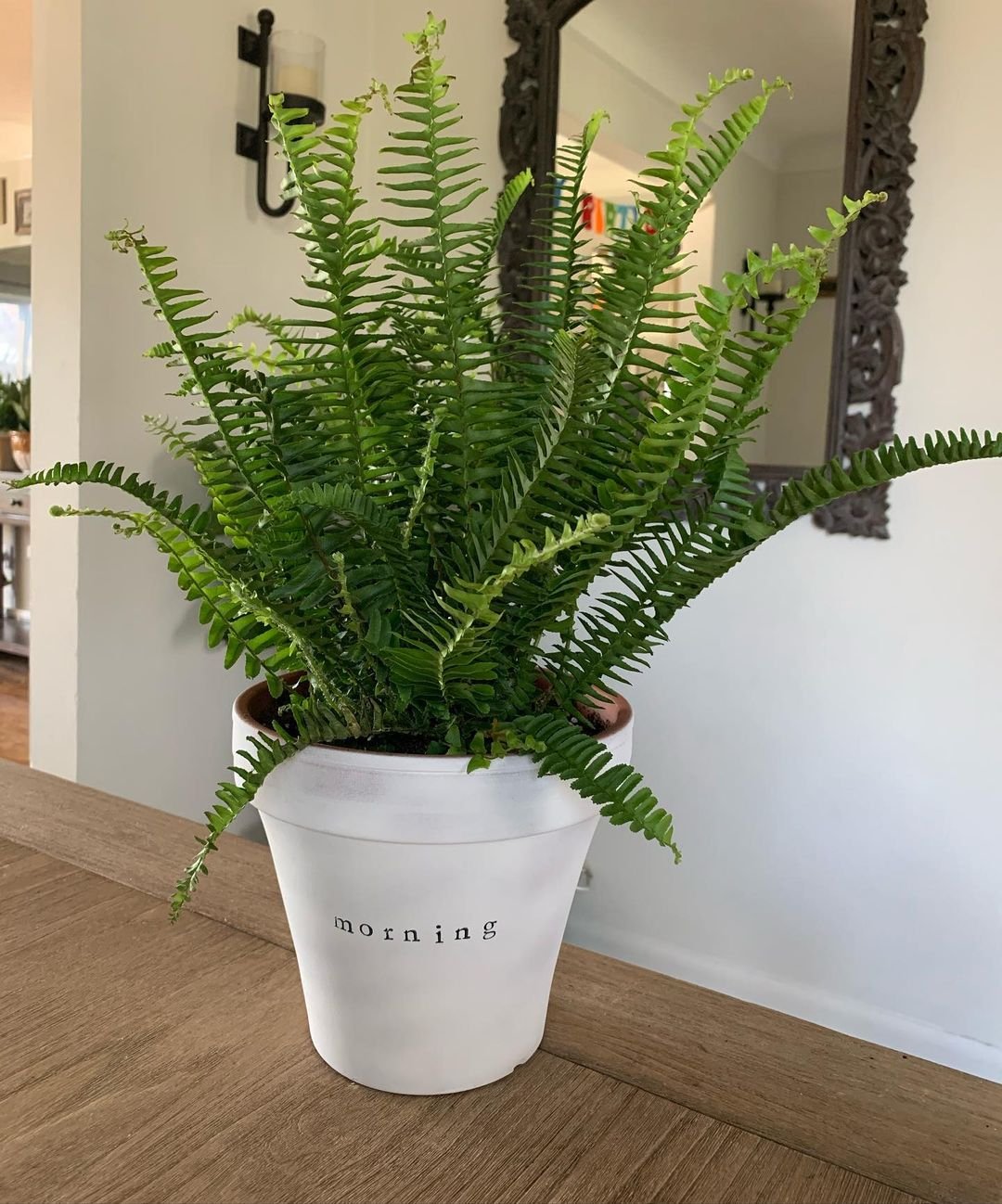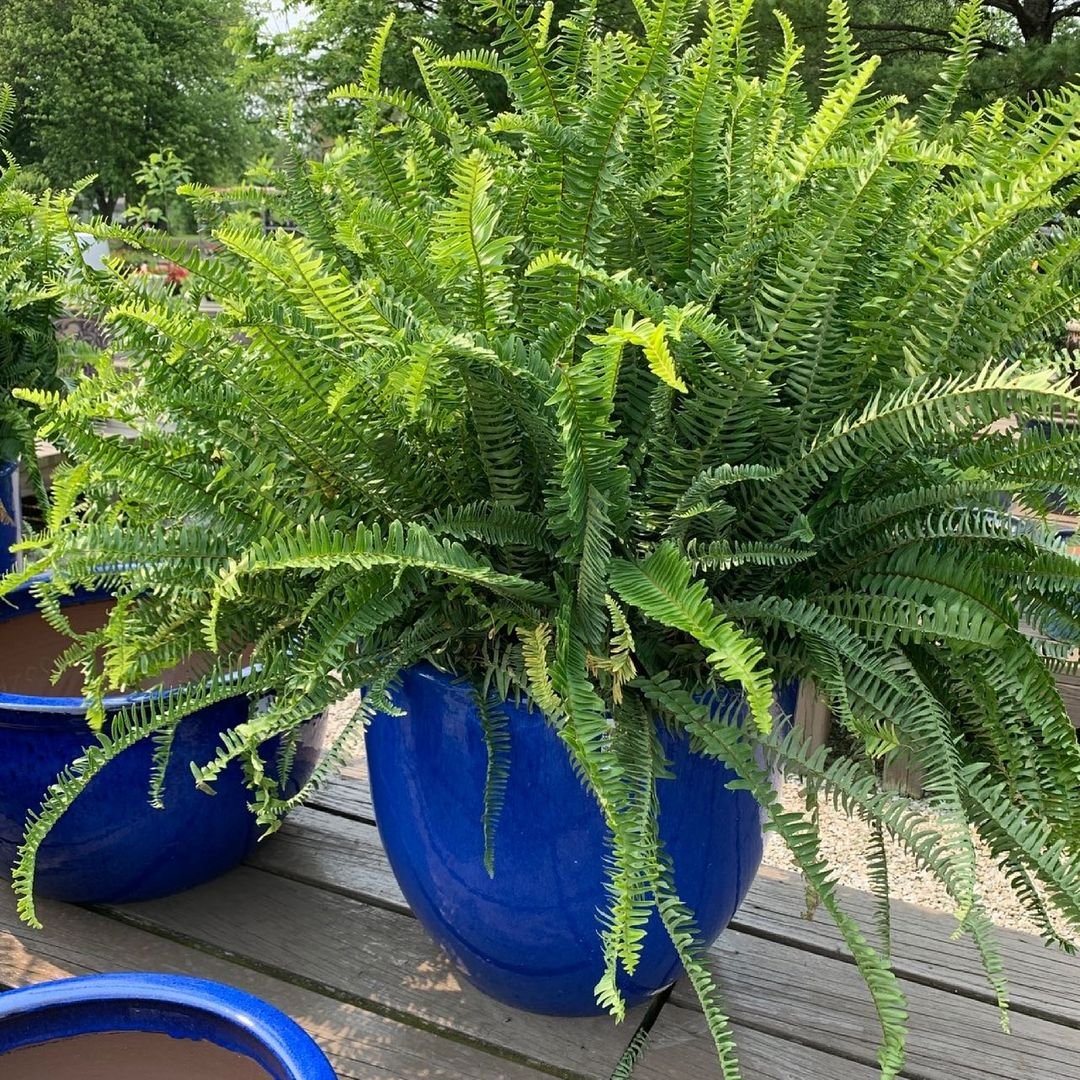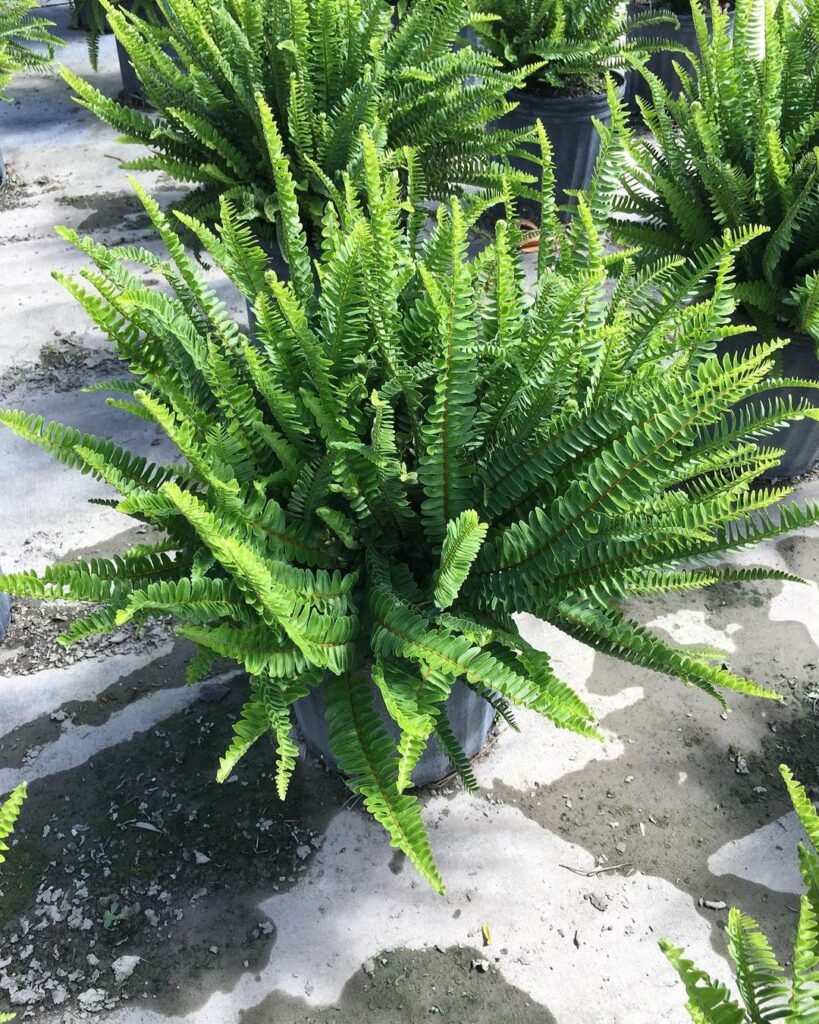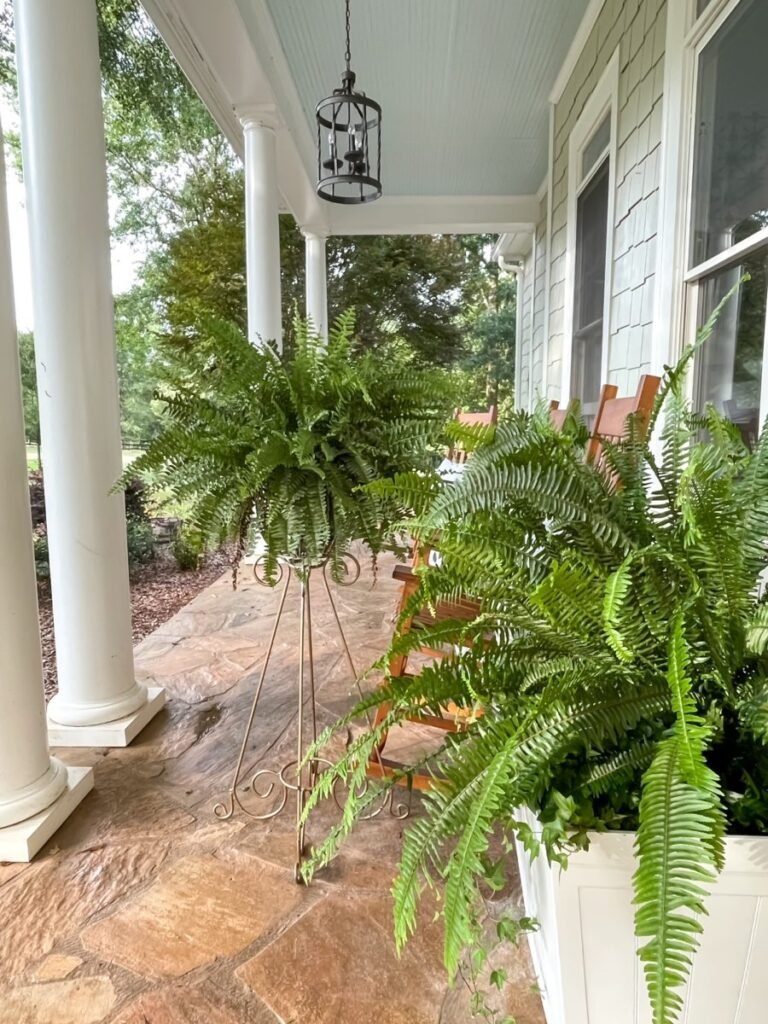Learn how to grow and care for Kimberly Fern, an elegant indoor plant that adds lush greenery to any space. Find expert tips and tricks for keeping it healthy and vibrant.
The Kimberly Fern, also known as Nephrolepis obliterata ‘Kimberly Queen’, is a popular indoor plant that can bring a touch of nature to your home or office. This fern is known for its beautiful, lacy fronds and its ability to thrive indoors. In this guide, we’ll cover everything you need to know to grow and care for your Kimberly Fern, helping it stay healthy and beautiful for years to come.
Here’s a detailed information chart for Kimberly Fern:
| Category | Details |
|---|---|
| Botanical Name | Nephrolepis obliterata |
| Common Name | Kimberly Fern |
| Plant Type | Fern |
| Zone | USDA Hardiness Zones 9-11 |
| Sun Exposure | Partial to full shade |
| Soil Type | Well-draining, rich in organic matter |
| Watering | Keep soil consistently moist, but not waterlogged |
| Growth Habit | Clumping, with arching fronds |
| Height/Spread | Height: 2-3 feet (60-90 cm), Spread: 2-3 feet (60-90 cm) |
| Special Features | Attractive, lush foliage; air-purifying properties |
What is a Kimberly Fern?

The Kimberly Fern is a type of sword fern native to Australia. It’s named after Kimberly, a region in Western Australia. This fern is loved for its:
- Upright growth habit
- Lush, green fronds
- Ability to clean indoor air
- Low maintenance needs
Kimberly Ferns can grow quite large, reaching up to 3 feet tall and wide when grown indoors. They’re perfect for adding a tropical feel to any room.
Light Requirements

Kimberly Ferns prefer bright, indirect light. Here’s what you need to know:
- Place your fern near a north or east-facing window
- Avoid direct sunlight, which can burn the leaves
- If you don’t have enough natural light, use artificial grow lights
Remember, ferns naturally grow on forest floors, so they’re used to filtered light.
Watering Your Kimberly Fern

Proper watering is key to keeping your Kimberly Fern healthy. Follow these tips:
- Keep the soil consistently moist, but not soggy
- Water when the top inch of soil feels dry
- Use room temperature water to avoid shocking the plant
- Ensure good drainage to prevent root rot
In general, you’ll need to water your fern about once a week, but this can vary based on your home’s conditions.
Humidity and Temperature

Kimberly Ferns love humidity. Here’s how to keep them happy:
- Aim for humidity levels of 50% or higher
- Use a pebble tray or humidifier to increase moisture
- Mist the leaves regularly, especially in dry climates
As for temperature, Kimberly Ferns prefer:
- Daytime temperatures between 65-75°F (18-24°C)
- Nighttime temperatures not below 55°F (13°C)
- Protection from cold drafts and air conditioning vents
Soil and Fertilizer
The right soil mix is important for your Kimberly Fern’s health:
- Use a well-draining potting mix made for ferns
- Add peat moss or coconut coir to improve moisture retention
- Ensure the pot has drainage holes
For fertilizer:
- Feed your fern monthly during the growing season (spring and summer)
- Use a balanced, water-soluble fertilizer diluted to half strength
- Don’t fertilize in fall and winter when growth slows down
Learn more about choosing the right potting soil
Pruning and Maintenance
Kimberly Ferns don’t need much pruning, but some maintenance can keep them looking their best:
- Remove any yellow or brown fronds at the base
- Trim off damaged leaf tips with clean, sharp scissors
- Dust the leaves gently with a soft, damp cloth
Common Problems and Solutions
Even with good care, your Kimberly Fern might face some issues. Here are common problems and how to fix them:
Brown Leaf Tips
- Cause: Low humidity or overfeeding
- Solution: Increase humidity and reduce fertilizer
Yellow Leaves
- Cause: Overwatering or poor drainage
- Solution: Let the soil dry out more between waterings and check for proper drainage
Pale Fronds
- Cause: Too much direct sunlight
- Solution: Move the plant to a spot with bright, indirect light
Pests
Kimberly Ferns can sometimes attract pests like mealybugs or scale insects. If you notice any, treat the plant with neem oil or insecticidal soap.
Propagating Kimberly Fern
You can easily grow more Kimberly Ferns by dividing the plant:
- Remove the fern from its pot
- Gently separate the root ball into smaller sections
- Replant each section in its own pot with fresh soil
- Water well and keep in a warm, humid spot until established
Spring is the best time to propagate your Kimberly Fern.
Decorating with Kimberly Fern
Kimberly Ferns are versatile plants that can enhance many spaces:
- Use as a statement plant in a living room corner
- Place on a pedestal to show off its cascading fronds
- Add to a bathroom for a spa-like feel
- Combine with other tropical plants for a lush indoor garden
Remember to rotate your fern every few weeks to ensure all sides get equal light exposure.
Kimberly Ferns are beautiful, low-maintenance plants that can thrive in many indoor environments. By providing the right light, water and humidity, you can enjoy their lush greenery for years. Remember to monitor your plant regularly and adjust care as needed. With a little attention, your Kimberly Fern will be a stunning addition to your indoor plant collection.
Whether you’re a seasoned plant parent or new to indoor gardening, the Kimberly Fern is a rewarding choice. Its elegant fronds and air-purifying qualities make it a valuable addition to any home or office. Happy growing!
Discover more about the benefits of indoor plants
Pingback: Top 10 Best Plants for Bathrooms : Thrive in Humid Conditions (2024)